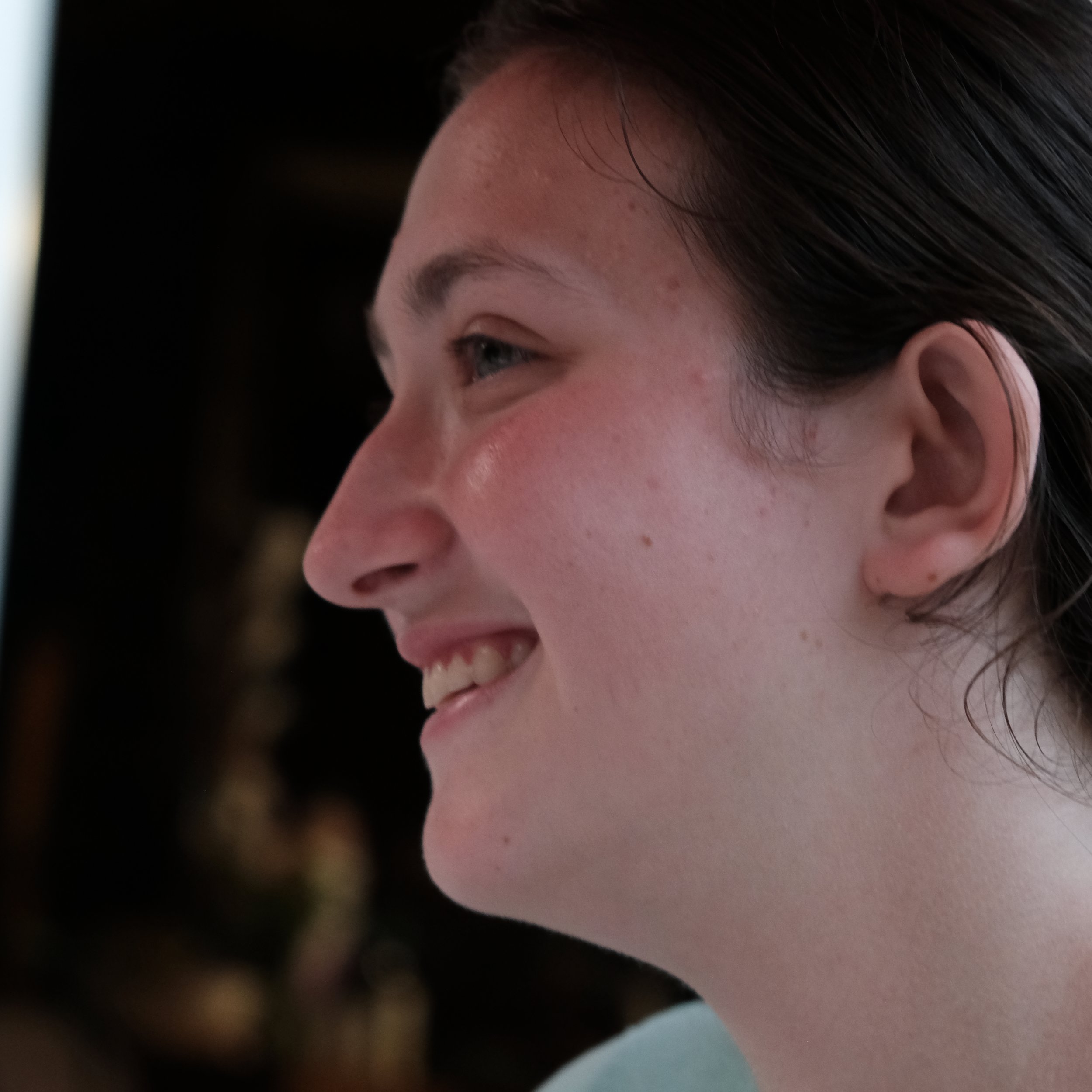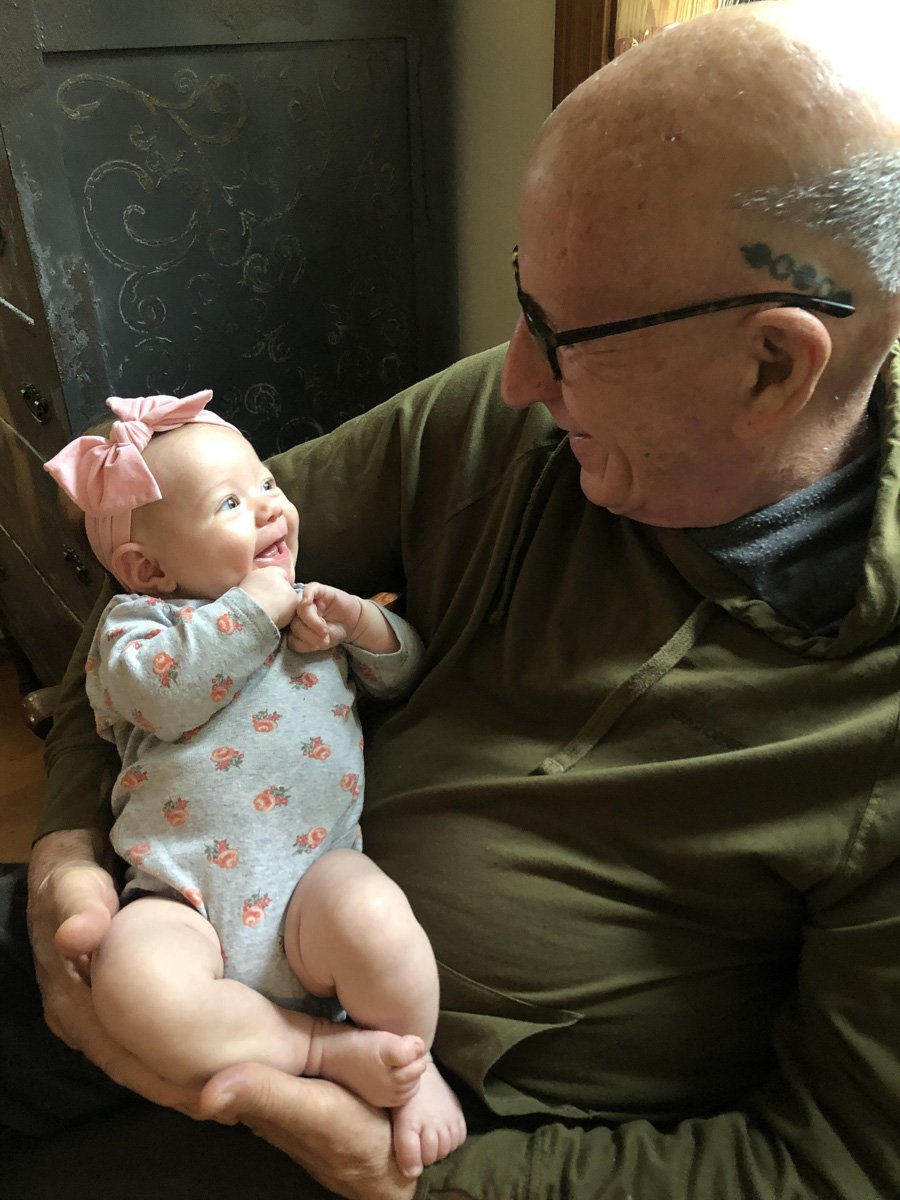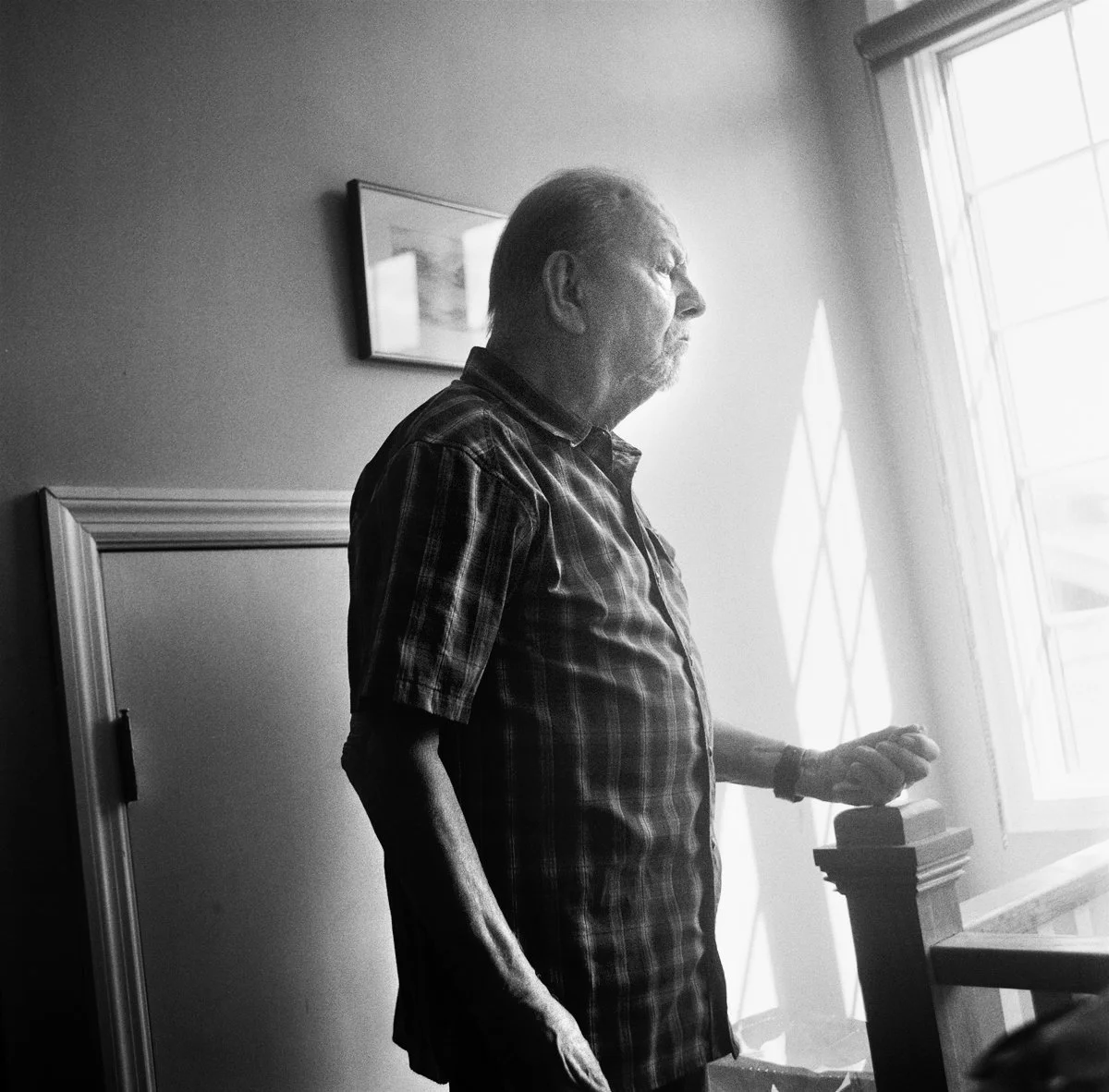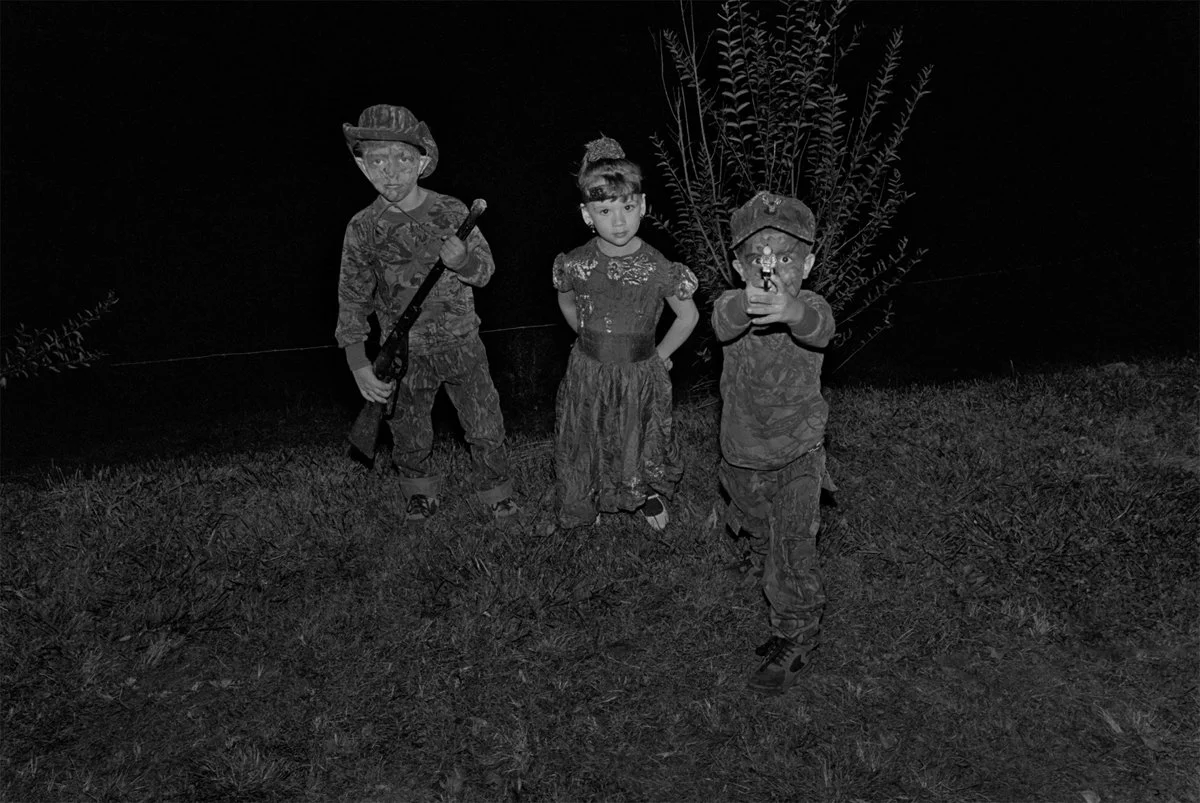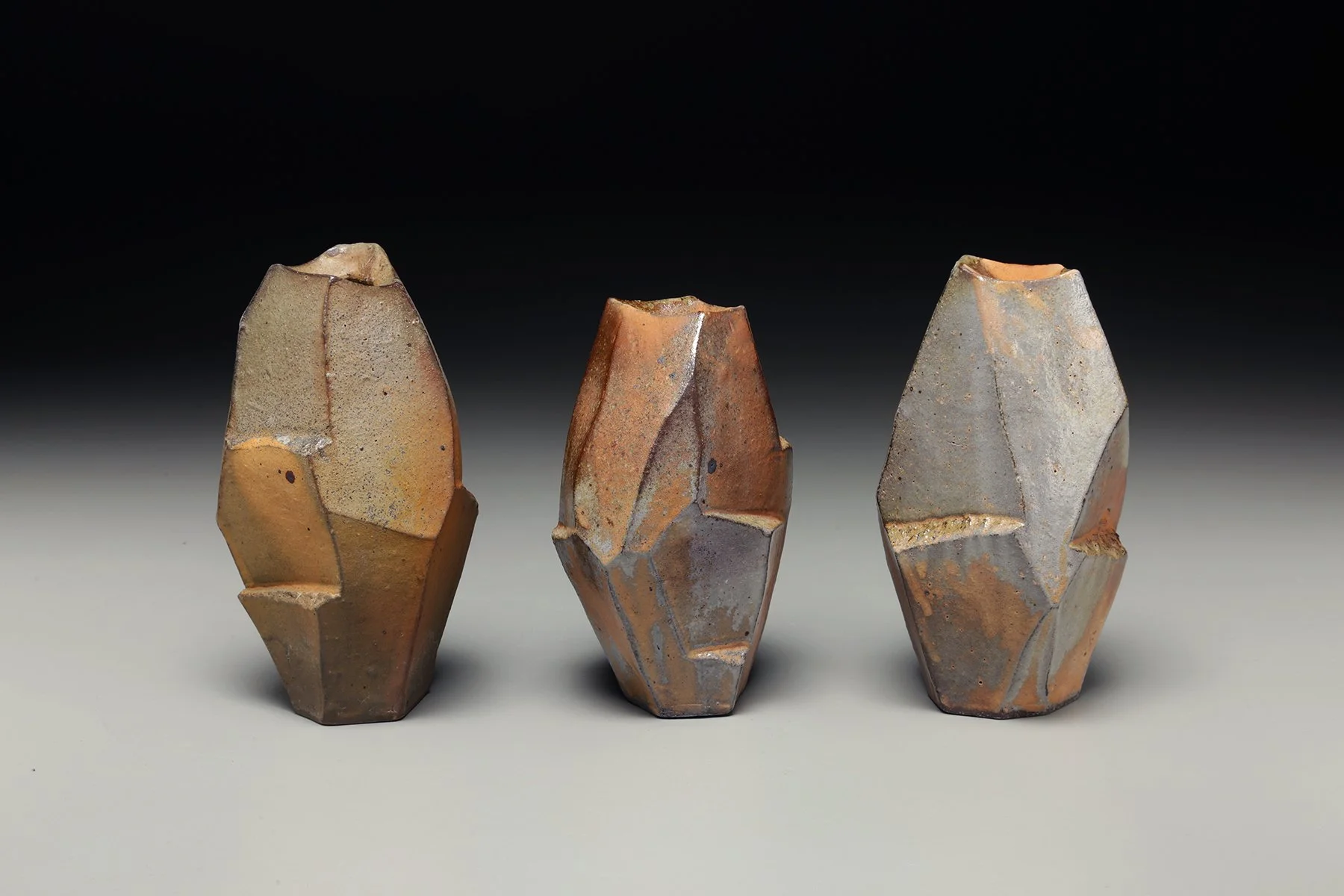The truck stopped and the stillness woke the boy. They'd been driving all night, one of many dark-of-the-moon trips over the last few weeks, avoiding people, stealing fuel when they could find it to steal, sleeping during the day after hiding the truck, a pistol tucked in the floorboard.
"Where are we, Papa?" Wright asked.
Frank said nothing. He was weary from the road and wary of what they might find. Had he decided right? Would they be safe in this surreal and desolate landscape? Could they survive here? He'd seen outlines of collapsing houses and barns as he drove but no signs of life--no lights, no smoke, nothing stirring. He wondered, Are we the only ones?
"We can't drive any farther," he said to the boy. "The road is blocked, and it looks like the bridge is caved in. I'll tell you about this place as we walk.”
Thus begins Little Worlds, Rob Amberg's third volume in a trilogy of books from Madison County, in the mountains of western North Carolina.
The first two books of the trilogy - Sodom Laurel Album and The New Road - document through photographs, oral history and narrative writing a traditional agrarian lifestyle and community and its evolution brought on by the construction of a new superhighway, improved access to the outside world, and a changing demographic.
Little Worlds continues this story of change in Madison County but with a new twist. In many ways it is a traditional documentary photography book that utilizes photographs and journal entries to tell a factual story about aspects of life in Madison County over the last fifty years. But it’s the inclusion of speculative fiction, an imaginative look to a dystopian universe fifty years in the future through eyes from the past that brings the book its innovative energy.
Writers and photographers shy away from mixing documentary and fiction and Little Worlds is clearly a hybrid. It began as a long-running bedtime story I was telling my children and has grown into a unique volume that includes over 150 color and black/white photographs intertwined with a 62,000 word novel. The first edition will be 1,000 copies.
Because of the unique nature of this book, I am choosing to self-publish. It has been edited by noted editor Diana Stoll and designed by Bonnie Campbell, former lead designer at the Center for Documentary Studies at Duke University. Expected publication date is spring, 2024.
A fundraising campaign is planned. In coming weeks you will have the opportunity to be an early supporter of Little Worlds. You will be able to order the book at a pre-publication price. Rewards will be available for different levels of support ranging from: a signed copy of Little Worlds, postcards, individual photographs, limited edition prints and three portfolios of images from the book. The campaign will open in December.
I hope you’ll join me and Frank and Wright on our journey to Little Worlds.









